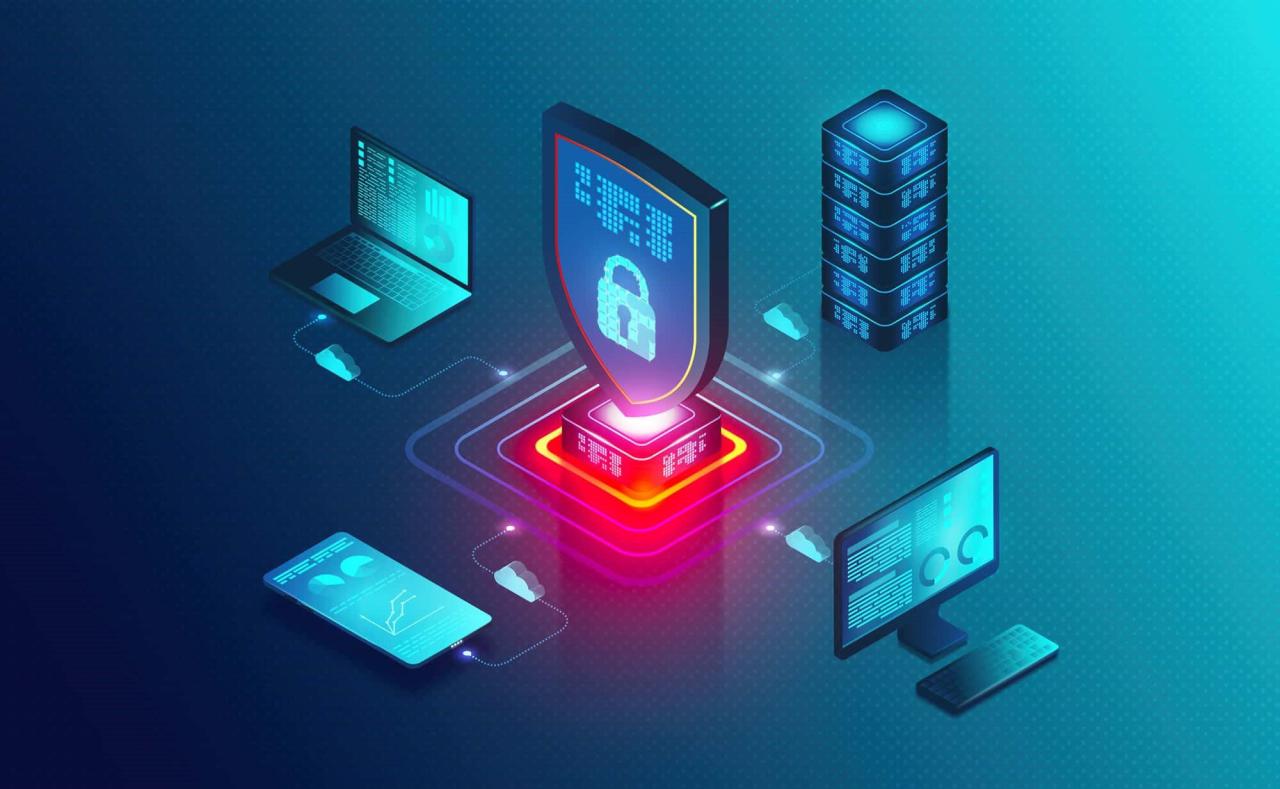
The hyperconnected business world of today is no longer relegating cybersecurity to an afterthought for technologists—it’s a business anchor of resilience. Data breaches to ransomware attacks, the digital threats facing companies are more high-tech and more frequent than ever before. One slip can lead to paralysis of business operations, litigation concerns, and long-term damage to reputation.
To remain secure and competitive, businesses must adopt a forward-looking, strategic stance on cybersecurity—one that energizes both systems and people.
Why Cybersecurity Matters for Your Business
Threat Landscape Is Expanding: Cybercrime is projected to generate more than $10 trillion in global losses by 2025.
- Personal Data Is Naturally Exposed: Financials, customer data, and confidential information are top-priority targets.
- Compliance Is Non-Negotiable: Regulations like GDPR, HIPAA, and others mandate stringent data protection.
- Reputation Is Everything: A single breach can wipe out years of good name for a brand in days.
10 Cybersecurity Best Practices Every Business Must Adopt
1. Enforce Strong Password Protocols
Require complex, unique passwords and implement multi-factor authentication (MFA). Password managers are the best way to remain secure without sacrificing convenience.
2. Keep Software and Systems Always Updated
Patch updates and upgrades rapidly across all platforms—operating systems, applications, and firmware. This seals loopholes which cybercriminals traditionally exploit.
3. Train Employees on Cybersecurity
Human factor still remains one of the biggest security vulnerabilities. Provide your employees actual hands-on training on phishing, malware, social engineering, and internet surfing safety.
4. Utilize Advanced Email Security
Use filtering mechanisms to block phishing, spam, and malicious attachments. Balance automated defense with ongoing user education for best results.
5. Encrypt All Sensitive Data
Use encryption on data in transit and at rest, such as email, databases, and cloud deployments. It adds a critical layer of security even if data is compromised.
6. Use Firewalls and Endpoint Protection
Firewalls are your initial line of defense, whereas antivirus and anti-malware tools detect and eliminate live threats on end-user devices.
7. Harden and Monitor Cloud Environments
Properly secure cloud services from the start. Establish access controls, monitor user behavior, and audit your cloud security stance on a regular basis.
8. Backup Data Regularly
Keep regular, encrypted backups on different systems. Make sure to test and be prepared to restore them instantly in case of ransomware or data loss.
9. Implement Role-Based Access Controls (RBAC)
Restrict access to sensitive systems and information according to user roles. The fewer individuals with access, the lower your attack surface.
10. Regular Security Audits and Pen Tests
Carry out ongoing testing and emulation attacks to reveal weaknesses. Engage cybersecurity professionals for third-party review and recommendation.

New Threats to Watch Out For
- AI-Based Cybercrime: Deepfakes and synthetic identity fraud are on the rise.
- Ransomware-as-a-Service (RaaS): Plugging and playing ransomware kits are now available from cybercrooks.
- Zero-Day Vulnerabilities: Zero-day exploits that attack prior to a patch being published can cause astronomical damage.
Stay current and agile—consider subscribing to threat intelligence solutions or using a managed security provider.
Build a Security-First Culture
Technology alone will not be enough. The most secure organizations bake cybersecurity into their culture so that everyone from the leadership team to front-line employees is engaged.
Invite open conversation, have strict security procedures in place, and frame cybersecurity as an ongoing process—not a single set of checkboxes.
In a digitally-driven, risk-defined business world, strong cybersecurity isn’t merely defense—it’s a basis for competitive differentiation. With these best practices, businesses can step forward with confidence, protect their stakeholders, and gain trust in an increasingly uncertain digital age.
Call to Action
Ready to advance your cybersecurity strategy? Start now by evaluating your current stance, training your employees, and adopting a future-proofing methodology to digital defense.






